May 8, 2016
Martha O'Kennon
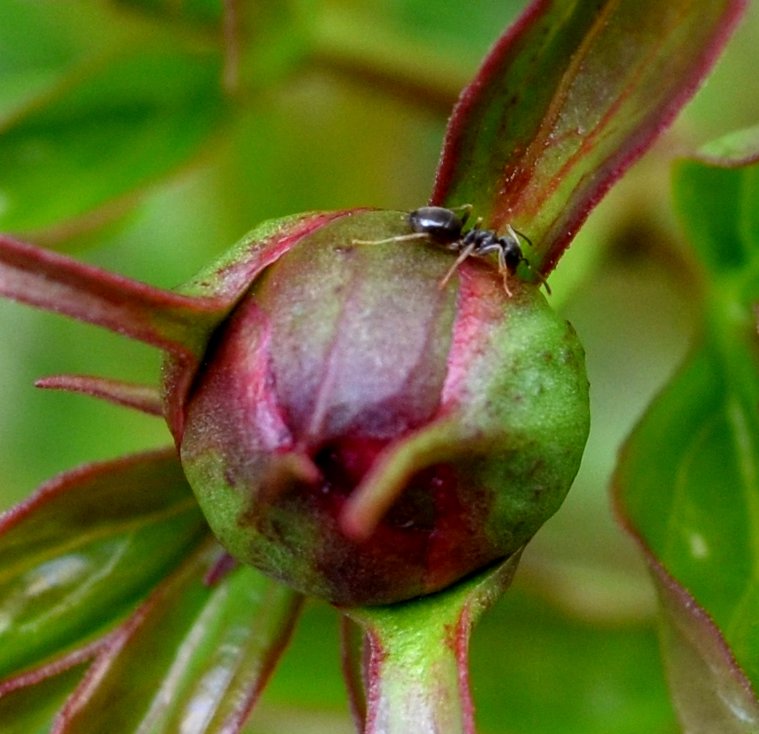
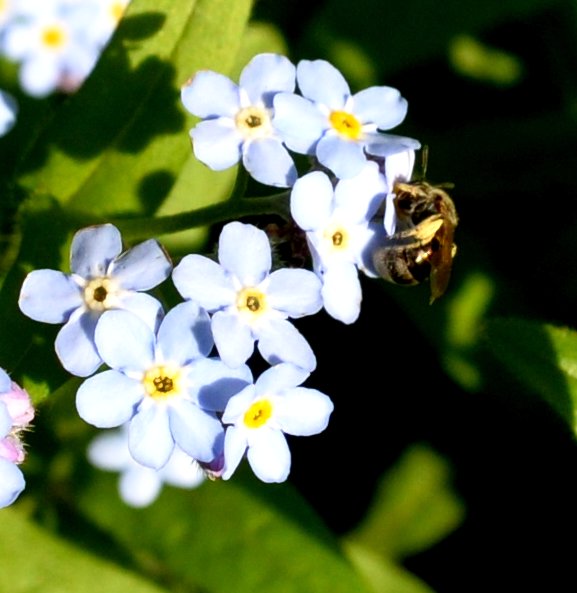

Last week was a chilly one, but today was splendid. Warm sunny day and a cool breeze coming in tonight. For a moment this afternoon I thought I heard a toad out there trilling, but tha- was probably a trial balloon, as it stopped as quickly as it had started. But at this very moment, the fish are forming a great chase. Fanny out in front, and all the males behind her. She is already the matriarch of the pond! But last year I thought I saw someone chasing Chico, so maybe she is Chica after all. The first image above is an ant carefully opening up the seams in the peony flower - this seems to help the peony open up. Then a very small bee in the forget-me-not. And the Jack-in-the-Pulpit is up! In the spring its curved pulpit with the tiny white preacher inside, and in the fall, bright red berries replacing the white "preacher".
Remember that there is information in the name of the file for each image. You can see it by mousing over the image - look at the lower left of the screen.
I would try clicking on the image. If the little "+" sign appears, it means you can enlarge again. While it is in "+" mode, click on something you want to see more clearly and it will zoom to that section. Then the info is displayed in the address line above. If the image has been cropped
so that clicking on it doesn't result in a larger picture, you can always hit control-plus to increase the size of the image.
Here's your ant of the week! Each way the light falls on it, it takes on a different color or shine. Here it's greyish brown, and seems to be looking for something it lost. And now another light and it seems to be made of glass! And here's our friend from last week, with a red thorax between a black head and abdomen. It's a member of the genus Camponotus (Carpenter and Sugar Ants).
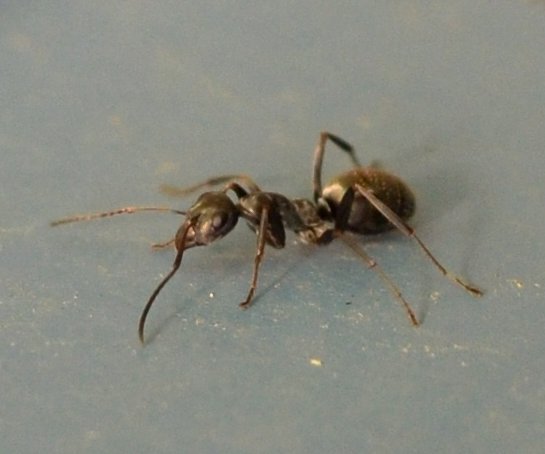
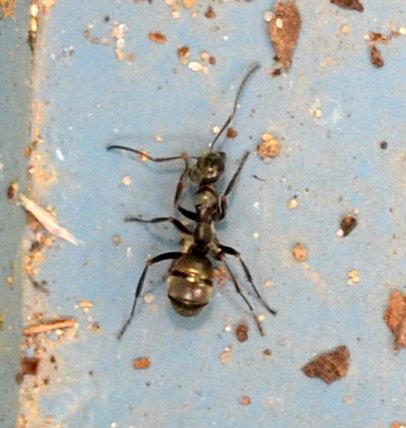
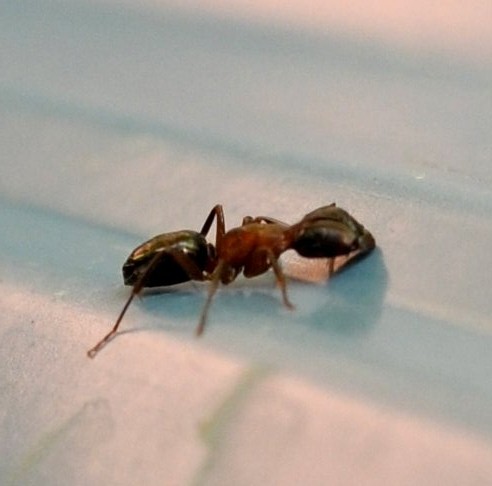
Going on to the bees, here is a honey bee on a dandelion. Those dandelions are so pretty but oh so plentiful. Right now they are interspersed with the forget-me-nots, another out-of-control biennial. When it is finished blooming, it will have scattered its seed all over the garden. Now is the time to cull all but a few - before they go to seed. Fortunately their roots aren't very deep, so a good afternoon's work will bring them back into control. They are so nice when you drive past them and see the change of direction of sunlight increase their luminosity. (They glow more strongly from some angles). This little black bee (winged ant) was walking across my computer screen just as I was labeling their images. I took its picture, put it onto a window-sill and closed the window as it flew away. The two paper wasp workers were one the day I took this picture, but the missing one might have been out gathering pulp for their very small nest. If you squint, you will probably be able to see TWO tiny eggs. Oh! Another member of the Hymenoptera - this little thing is a parasitic wasp called a Braconid. This must be a male one, because the female has a longish ovipositor. Note: December 14, 2020: Some females are capable of tucking their ovipositor under their abdomen so that it isn't visible.
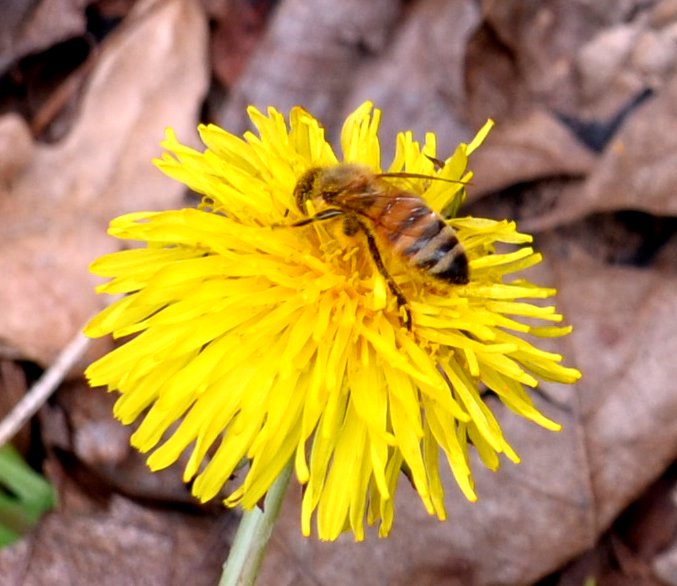 .
.
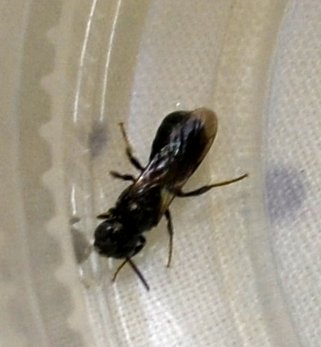
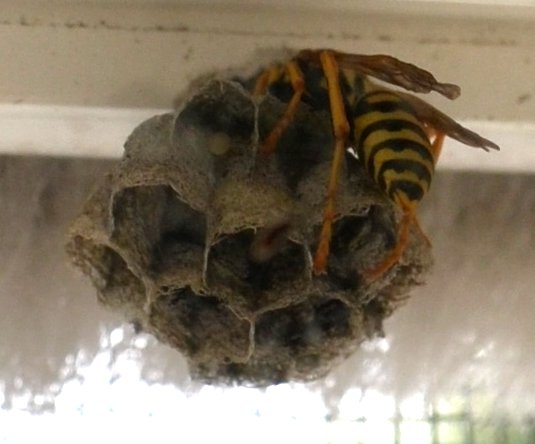
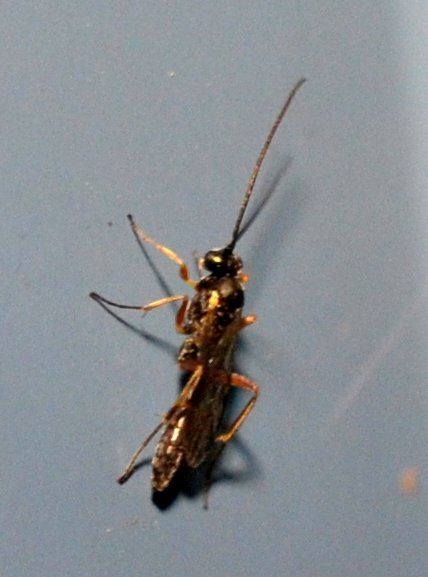
A few new beetles arrived to say hello. I was able to identify two of them with the help of Bugguide.net. This first one is a checkered beetle. It wanted to walk away from the camera, but when it decided to try the pink lifeboat, it calmed down. I just had to adjust and take the picture with the other hand. The next one, the one that looks as if it were made of leather, turns out to be the adult form of the raspberry fruitworm - its larvae eat raspberries but they leave a lot for me! That's another thing to add to my talk - about the plants in the yard and the bugs that frequent them. I still don't know what this iridescent beetle is. It is so beautiful! The other unidentified beetle is this new weevil.
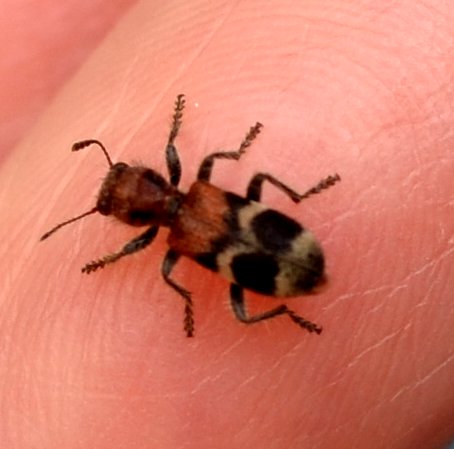
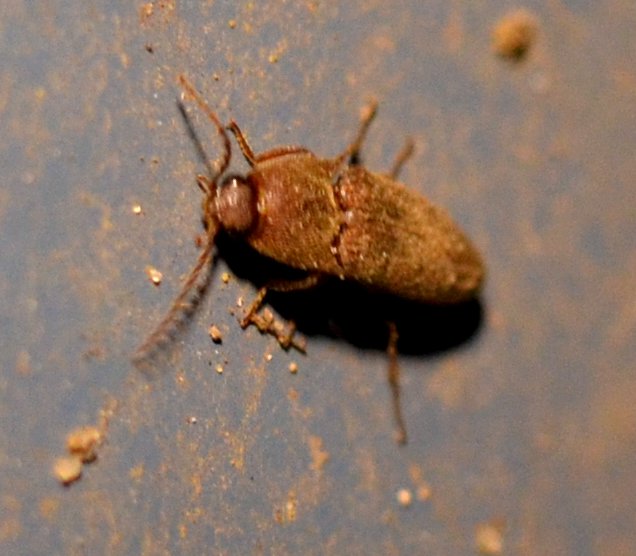
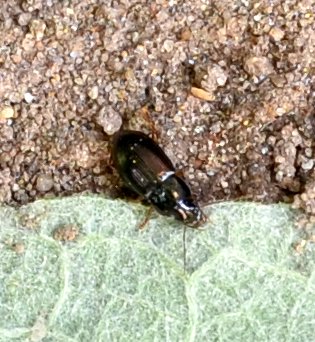
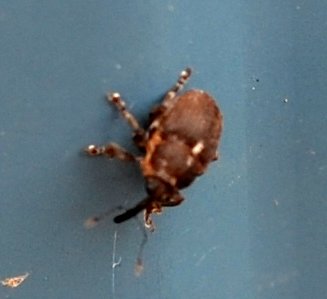
The bugs are coming back now. The little assassin bugs, green and orange, are seen almost every day now. At least one little stink bug is a faithful friend.
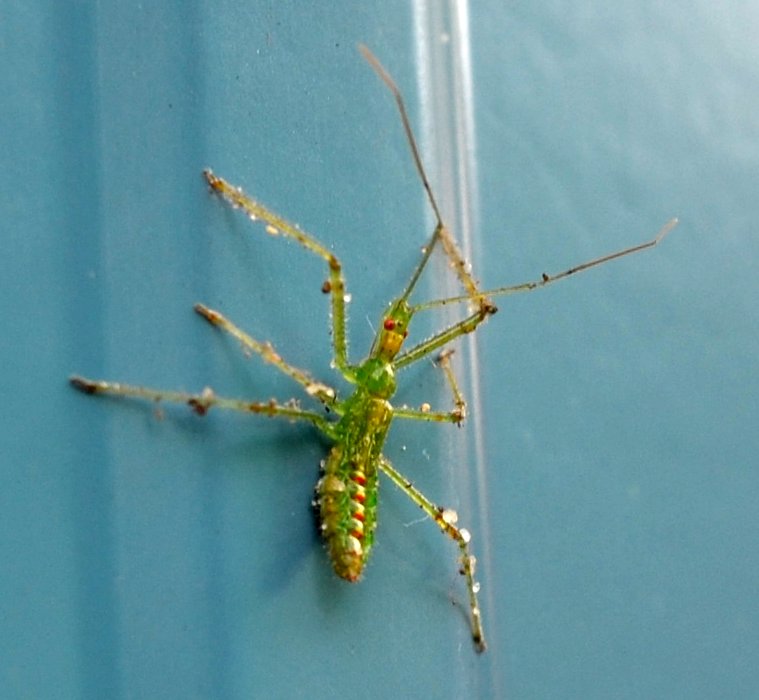
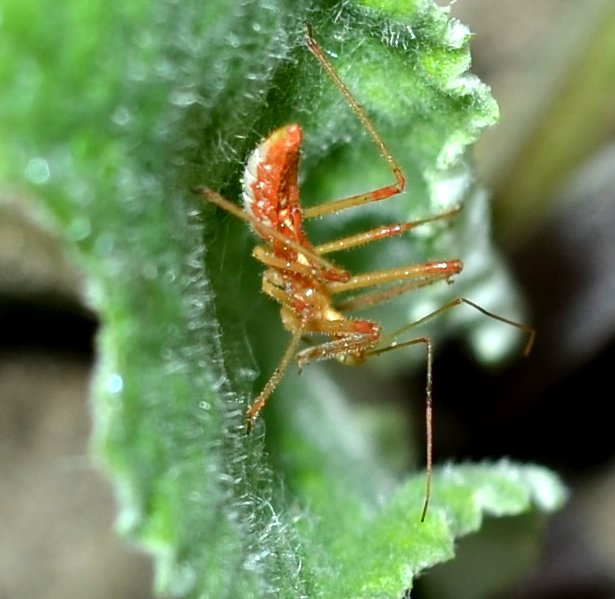
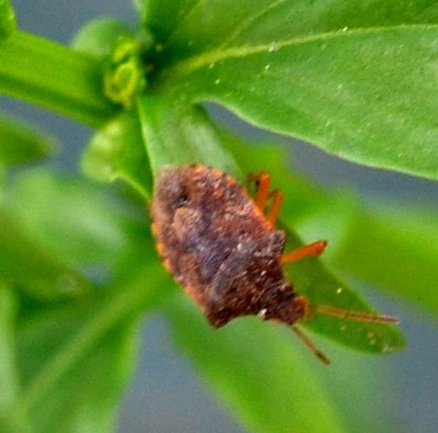
The little black bug with white edges (the White-margined Burrowing Bug) has been spotted a few times now. And this little (almost invisible) aphid-like thing seems to me to be a mirid nymph, a young plant bug.
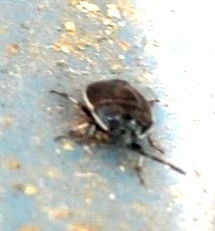
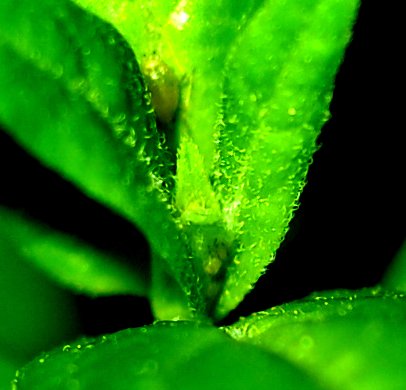
The odd "bugs": the caddisfly and the dustywings were still here this week. A funny-looking moth arrived a few days ago, and by today had found a friend!

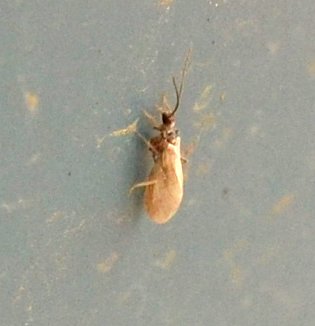

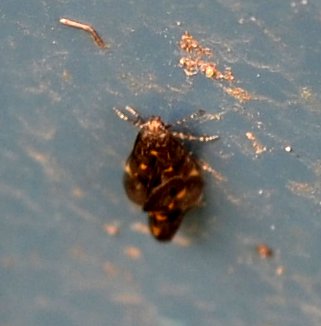
As usual, to the flies! First, the ones that are almost impossible to pass by without seeing: the crane flies, which many people think are big mosquitoes. And one of the many March Flies, this one looking you right in the face.


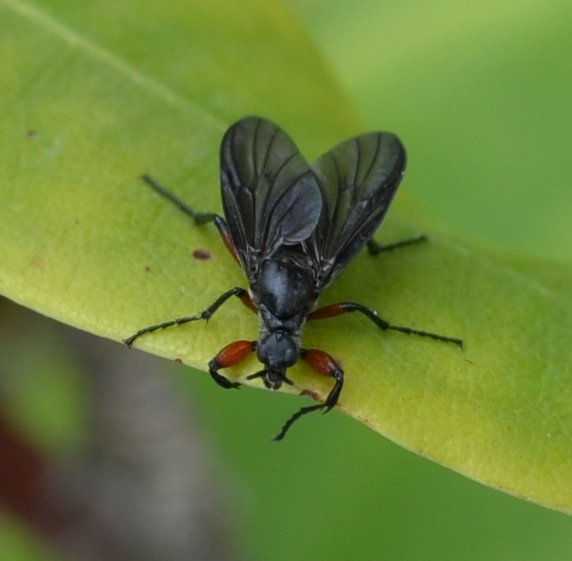
Some midge-like flies... The first is probably either a wood midge or a gall midge. Since I didn't record the length of the next image I am now wondering if thie second one is also a wood/gall midge and not a crane fly as I had originally thought. The other two are midges, but what species? No matter, those fright-wig antennae say "male midge"..
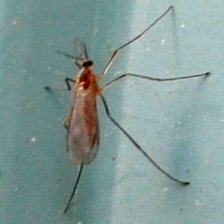 .
.
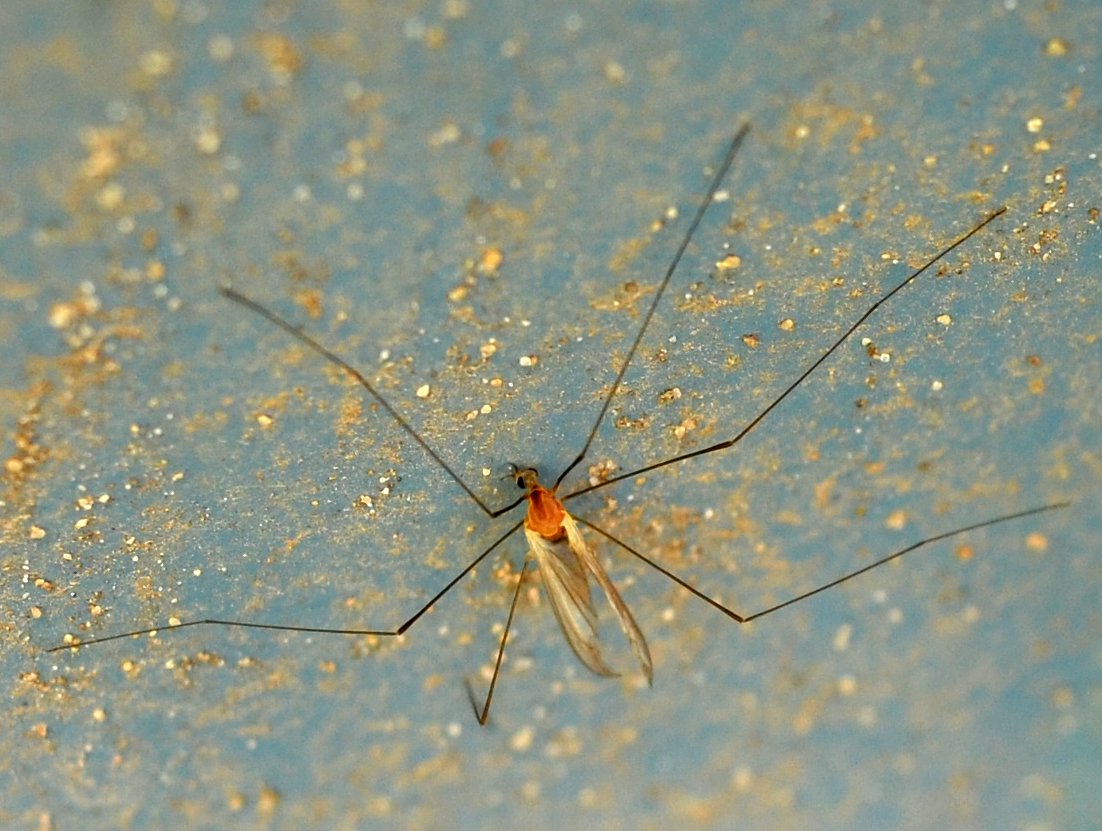
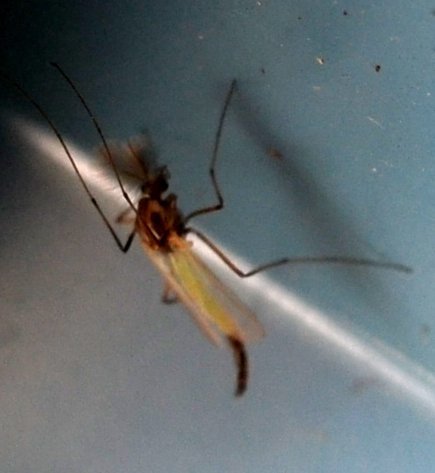

Some more flies! First is Anthomyia oculifera, a Root-maggot Fly.
 4 30 16.jpg)
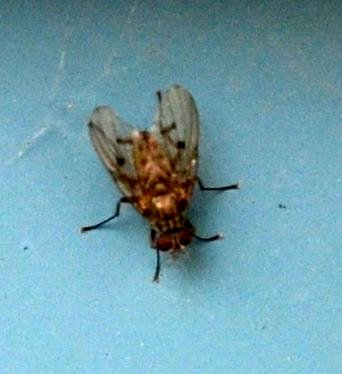
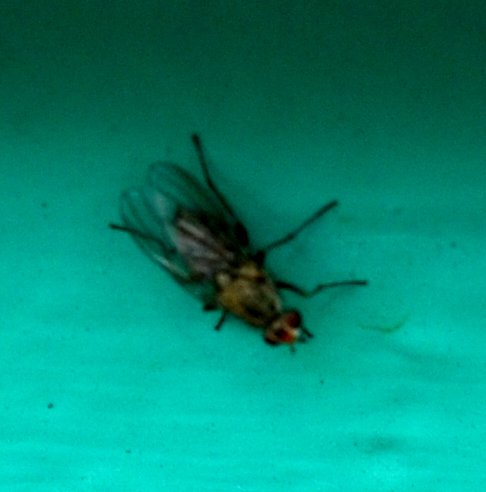
Some more things closeer to what people think of as "flies". Starting with the green blow fly, the beautiful green fly with the disgusting name,
then to a pretty nice fly with white facial markings, and then its unpreposessing side view, and a side view on a mustard plant, which makes it look a lot nicer.
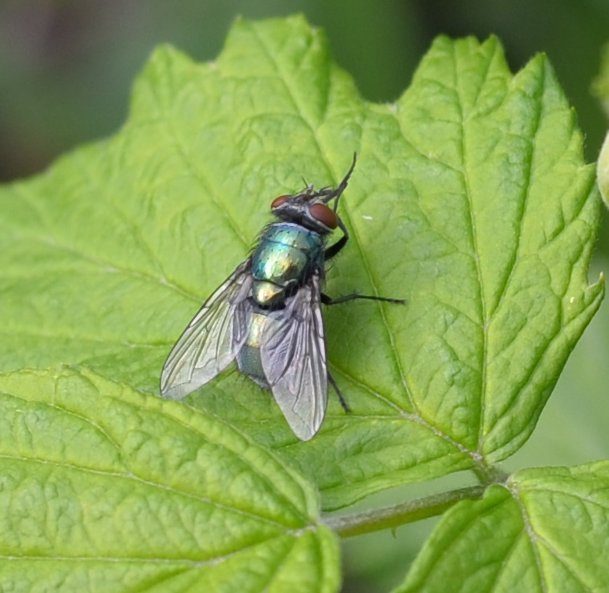
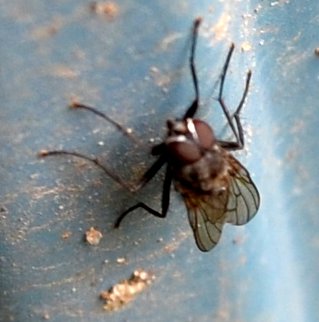
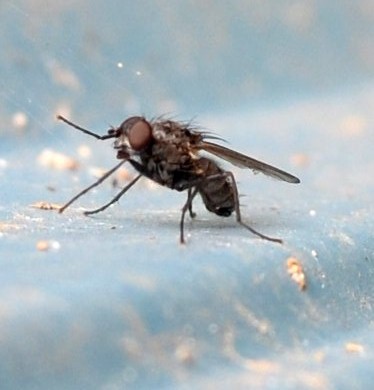

I'm going to try to trick you with these pictures. Which of these is not a fly?
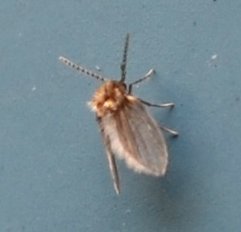
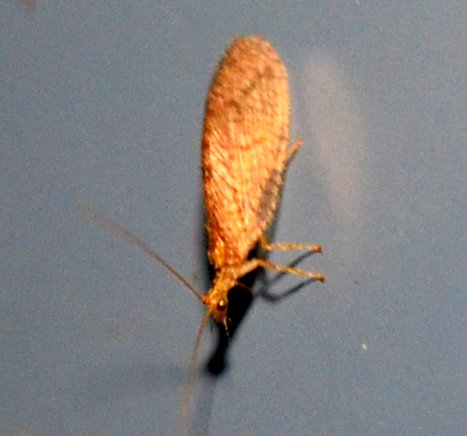
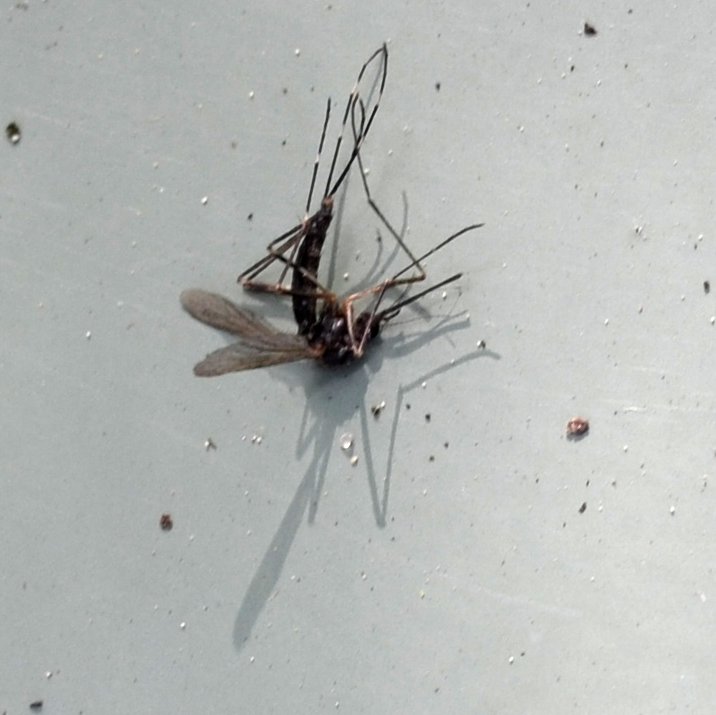
How did you do? The first is a moth fly, a fly that looks like a moth. Next is a lacewing, a totally other order of beast. Then the mosquito that tried to bite me - I killed her softly of course. If you click on the picture, you'll see the biting organ circled in red. Remember only the females bite!
Here's a combination of ridiculous to sublime, well, maybe minuscule to gynormous. First a tiny airborne seed. Then the primrose garden out front where people walk by and don't say "What a horrible eyesore" (At least not to my hearing)! A few forget-me-nots and pulmonaria fill out the fluffy effect.
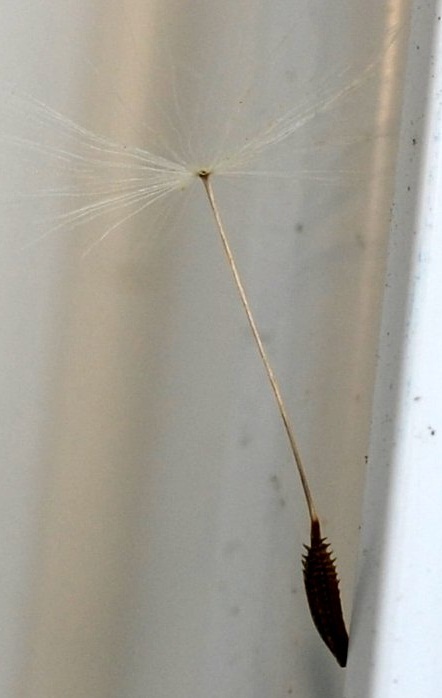

Now it is about time to move from "f for flies" to "s for spiders". First the most common one in MY yard - the common house spider! For such a small spider, it manages to catch and package up very large creatures. The cobweb spider has a nearly round abdomen (The common house is a cobweb spider). Look at the pedipalps on the last two spiders. The next to last is obviously a female, and the last one a male.
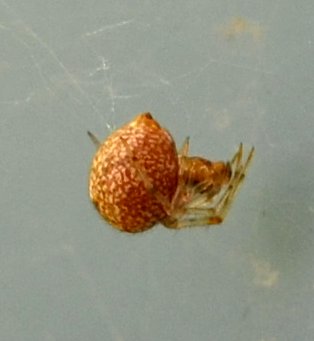
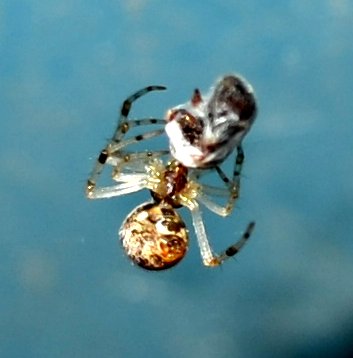
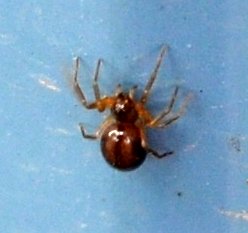
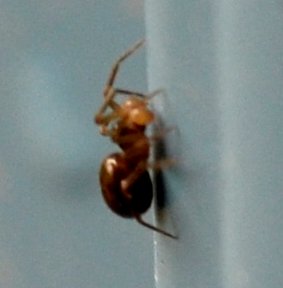
A northern crab and a running crab spider. Finally, a ghost spider, which can be told from the running crab by its black mouthparts..
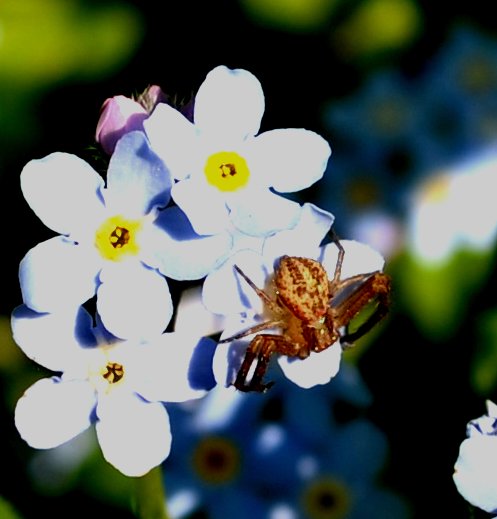
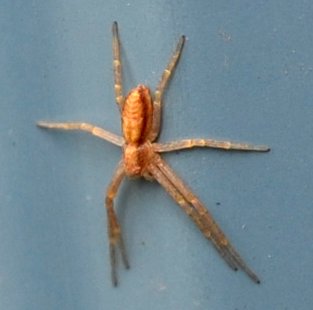
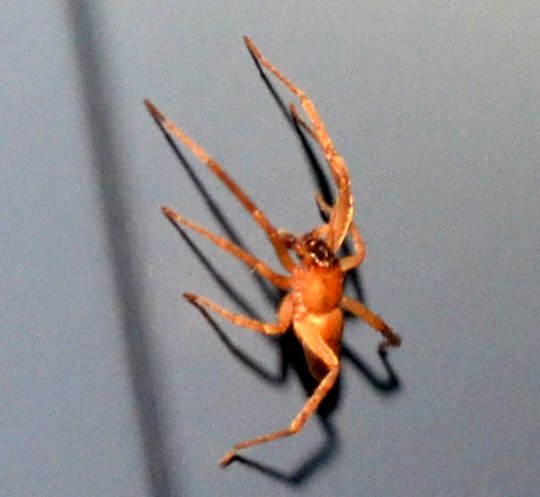
A jumping spider on a big terra cotta pot with a large prey in its "hands". In image 2, its eyes are ablaze as it confronts the camera.
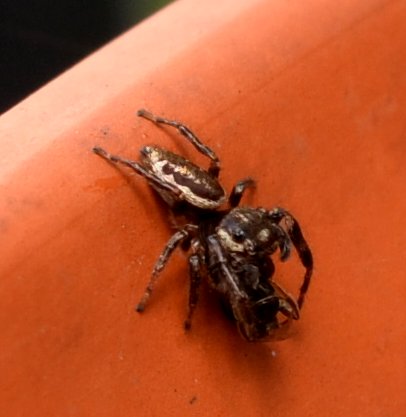
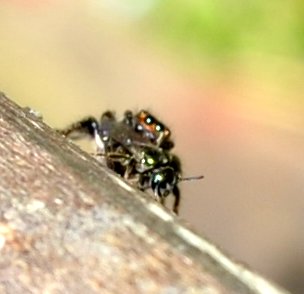
A tiny red mite spider. Plain red things are not the most common in the spider world, so I'm always glad to see this colorful baby. And a still tiny baby long-jawed orbweaver by night.
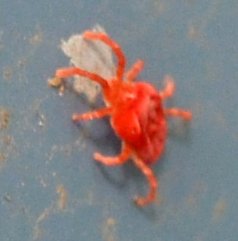
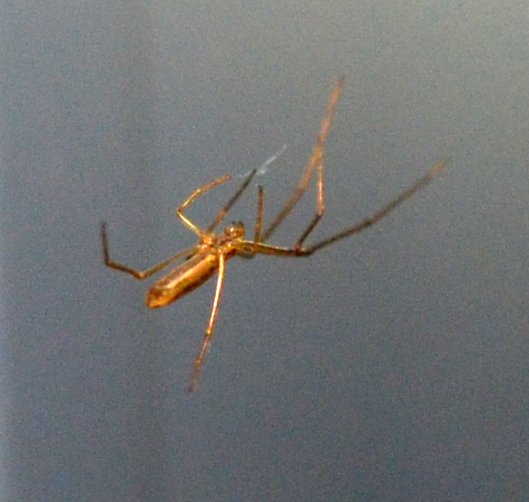
I am going to be giving a talk for AAUW with public invited at 7:00 p.m. on May 19 at Bobbitt Auditorium. It's called Nature in the Small. I'll be giving an introduction to several of the small mini-environments in the yard. For my faraway friends, I'll be posting the pictures and text as a webpage after the talk so people can see it anyway, just without my mellifluous voice. I'm very excited about this. It will be the first time I've talked publicly about the wonderful variety of creatures in the yard and how they interact with the plants and with each other. As I've been preparing this lecture, I've learned so much about the denizens of the back yard. I hope as many of my local friends as possible will come. AAUW always has good food after their programs... And bring kids!
Back to May 1
On to May 22
Back to 2016 menu
Back to main menu
copyright Martha O'Kennon 2016









 .
.



















 .
.



 4 30 16.jpg)





















